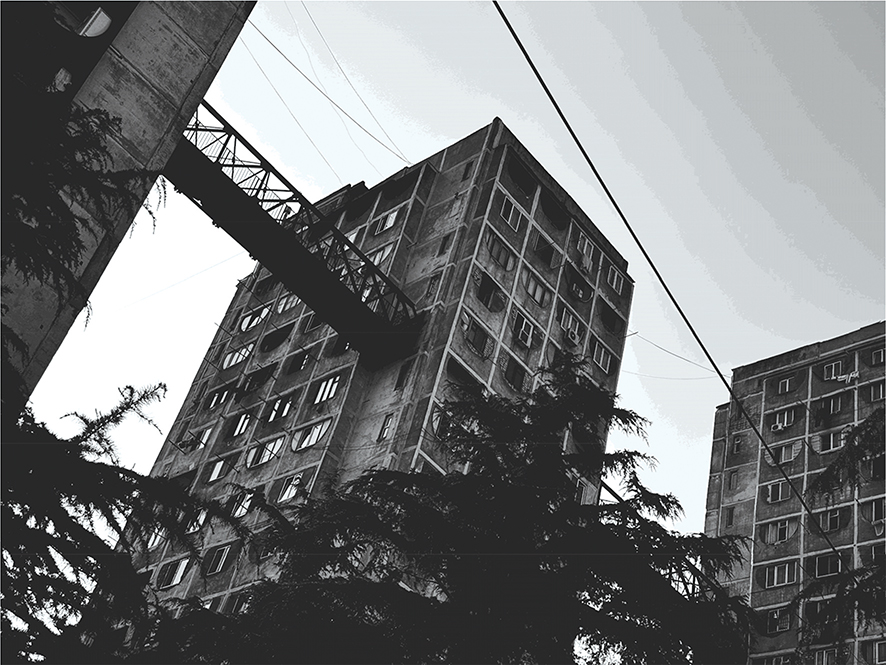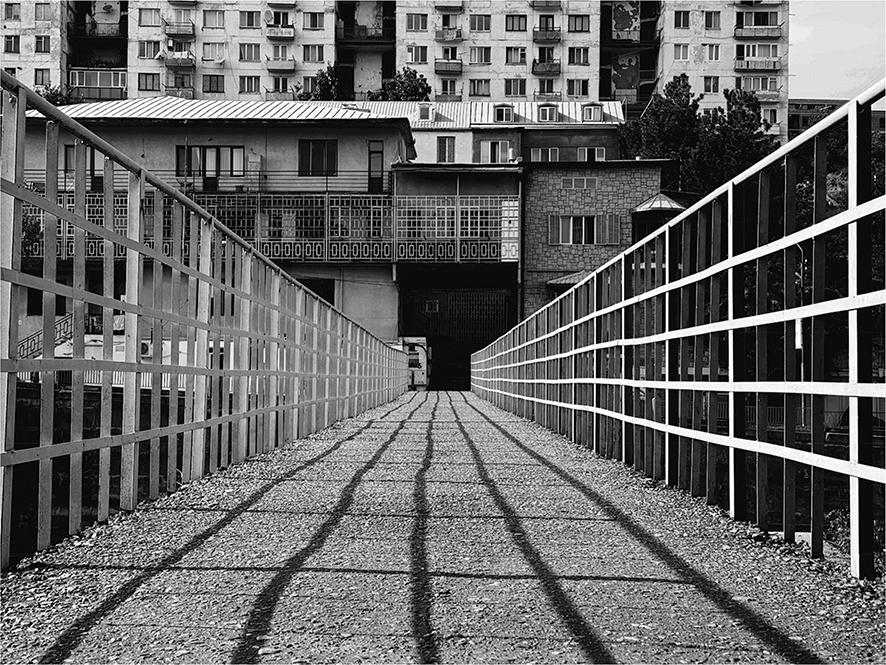The recent announcement of the reconstruction of the Nutsubidze Bridges in Tbilisi has sparked renewed interest in the cultural and historical significance of bridges in Georgian society. These modern infrastructural projects are not just about improving connectivity, but also about preserving and enhancing a heritage that spans centuries. As we delve into the multifaceted role of bridges in Georgia, we uncover a narrative rich with historical intrigue, communal effort, and symbolic meaning.
Royal Privilege and Local Responsibility: King Vakhtang VI’s Legacy
According to the law book of King Vakhtang VI, the exclusive right to construct bridges over large rivers was reserved for the king. This royal prerogative underscored the strategic and symbolic importance of bridges in Georgia. The law explicitly stated, “Only the king and not noblemen have the right to build bridges on large waters. In the same way, noblemen cannot wear royal garments unless given or ordered to do so by the king.” This regulation reinforced the central authority of the monarchy, ensuring that major infrastructural projects, which were vital for trade, military movements, and administrative control, remained under the king’s jurisdiction.
Local noblemen, designated as governors of these bridges, managed their maintenance and day-to-day operations. However, their role was strictly supervisory, and they required the king’s permission to undertake any significant construction. Conversely, over smaller rivers and in areas of lesser strategic, political, cultural, or commercial significance, both noblemen and commoners were permitted to build simple crossing structures. This system of divided responsibilities highlights the hierarchical and centralized governance model of medieval Georgia.

Bridging Legends: The Tale of the Old Woman’s Bridge
Georgian folklore often celebrates communal efforts in bridge construction, attributing significant achievements to local heroes and benefactors. A notable example is the tale of the single-span bridge on the River Korena, a tributary of the Tskaltsitela in the village of Tcholevi. According to legend, an old woman, moved by the plight of travelers during the rainy season, collected alms and commissioned the construction of a stone bridge. This bridge, named the “Old Woman’s Bridge,” symbolizes communal spirit and the importance of collective effort in overcoming natural obstacles.
The construction of the Old Woman’s Bridge is described in detail, with its rocky supports, flat arch, and carefully arranged rectangular stones. Built in the 17th century and later widened, this bridge stands as a testament to local ingenuity and the enduring legacy of communal contributions to infrastructure.

Medieval Literature: Bridges as Symbols of Charity
The construction and maintenance of bridges were esteemed tasks in medieval Georgian society, often immortalized in literary works. Shota Rustaveli’s epic poem ‘The Knight in the Panther’s Skin’ highlights this esteem through the character Avtandil, who bequeaths his wealth for public works, including bridges. This literary reference underscores the high regard for bridge-building as an act of nobility and charity, reflecting the broader cultural values of the time.

Legal Mandates: The Maintenance of Georgian Bridges
King Vakhtang VI’s compilation of Georgian state laws in the early 18th century, known as The Book of Law, includes detailed provisions for the maintenance of existing bridges. This legal framework assigned specific families and communities the responsibility of bridge upkeep. For instance, the care of the bridge in the village of Karsani was entrusted to the Zumbuladze family, while the maintenance of nearby bridges was delegated to the villagers of Doesi and Kvakhvreli. Similarly, the Gedevanishvili family of Mtskheta was responsible for the Bridge of the Magi in the late Middle Ages.
These responsibilities were not merely honorary; those tasked with bridge maintenance were exempt from certain taxes, reflecting the practical and economic importance of their duties. The allocation of funds that would otherwise be paid as taxes to the local nobleman or king underscores the prioritization of infrastructure maintenance in medieval Georgian society.

Legends of Maintenance: The Cholaburi Bridge
Local legends further illuminate the significance of bridge maintenance in Georgian culture. One such legend, documented by A. Merkvadze, tells of jugs filled with Georgian tetris (coins) buried within the abutments of the Cholaburi Bridge. This hidden cache was intended to fund repairs in case of damage, but its exact location was kept secret to prevent vandalism by those seeking the treasure. This tale reflects the practical measures taken to ensure the longevity of bridges and the community’s vested interest in their preservation.

Architectural Marvels: From Vardzia to the Bridge of Peace
Georgian bridges are celebrated not only for their historical and cultural significance, but also for their architectural brilliance. The Vardzia Cave Bridge, part of the 12th-century Vardzia monastic complex, showcases medieval Georgian engineering that harmonizes with the natural landscape. In contrast, the modern Bridge of Peace in Tbilisi, designed by Michele De Lucchi, symbolizes Georgia’s embrace of contemporary design while honoring its historical roots. These structures demonstrate the country’s ability to blend tradition with innovation, reflecting its evolving identity.
Bridges in Georgian culture are more than functional structures; they are symbols of connection, unity, and progress. From royal decrees and communal efforts to literary tributes and legal frameworks, bridges encapsulate the essence of Georgian resilience and ingenuity. The reconstruction of the Nutsubidze bridges is a testament to Georgia’s ongoing commitment to preserving its cultural heritage while addressing modern infrastructural needs. These projects are not merely about physical connectivity, but also about bridging the past with the future, ensuring that the rich legacy of Georgian bridges continues to inspire and unite.
By Ivan Nechaev














